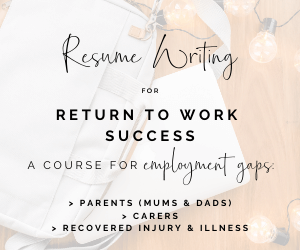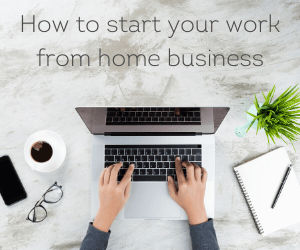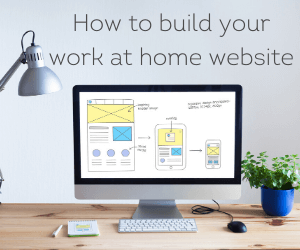It doesn’t matter whether your home office is just a little cluttered or buried under a mountain of chaos, you should still consider organising it to maximise your productivity. While cleaning is great, that’s only one step. If you want to organise your home office you need to do some serious analysis, planning and decision-making.
To organise your home office, you need to make sure that it is set up for you and what you are using it for. Find a suitable place in your home that can be solely dedicated to your office. Make sure all your furniture is fit for purpose and ergonomic to prevent soreness, especially if you are going to be at your desk for hours on end. And make sure everything you need is sorted and easily accessible.
Sounds easy, right? Maybe not so much for those of us that tend to fall into the clutter and mess trap. But there are ways to organise your home office that allows you to keep it ready for when you need to do work, and clean and sorted to find whatever it is you need easily. Whether it’s a full organisational makeover or something quick and small to tidy up, it’s a great idea to put these organisational ideas to use.
How to organise your home office to suit you
Setting up your home office (or redoing one) can be a big job. It can also be difficult having your work office space in your home. The desk at which you work throughout the day could be the same desk at which you pay bills at in the evening.
That creates a particular problem for organising your home business items. You might not give this much thought in the beginning, but there are many reasons why having an organised work space will benefit you. Working from home doesn’t mean you can’t have a professional and productive environment. In addition, keeping your work items separate from your home items can help you at tax time.
You need to work out exactly what your office will be used for. Is it a space that you will only use occasionally if you need to work from home for your full time job? Are you going to be using it working from home full time or running a business and need extra space to work, make things or for stock? These are important distinctions and your room will be much better organised if you know exactly what you need it for first. If you sell cooking items, you’ll need an area to store your samples (or perhaps those could be stored elsewhere) as well as files for customer information and catalogues. If you run an in-bound calling business, you really only need a place for your headset and phone and perhaps a notebook and pens. You might also need files for your paperwork.
Where will your home office be located?
Do you have a room in your house you can dedicate to an office space? Or is it just going to be a desk somewhere shared in another room. If you are able to take over a room in the house, you are in good shape. Organising will be simpler than those who share another space in the house, like the family room or a spare bedroom. Either way, consider the unique challenges that your space poses.
- Where can you file your papers and other items that need to be organised?
- Do you have a space for your notebooks or manuals that you might need?
- If you sell items, do you have space to store your samples and display materials?
Even if you can’t dedicate a whole room to your office, you need to make sure that you have a dedicated space. This means a desk or area that is away from the house traffic (and kids) in which you always work. You’re not going to be organised if you’re constantly trying to find a space to work such as borrowing half the dining room table or sharing a desk with your kids while they’re at school. A popular trend is using a small shed in your backyard that you convert into office space. But this idea is costly and often not possible.
Outfit your office properly
Once you’ve chosen a space, make sure you outfit it to what you need. At the very least, most people need a desk for their computer and a comfortable chair. Make sure the furniture you buy it ergonomically sound, especially if you are going to be spending hours working. You’re not going to getting much work done if you’re uncomfortable with a sore back from a bad chair.
Next, purchase just enough organizing materials that will help you get the job done. We say “just enough” because many of us can go crazy buying organizational helpers. Things like files and boxes and white boards can send us into a purchasing frenzy. But if you buy too much, you can overwhelm yourself and create a situation that’s ultimately contrary to creating a solid and useful work space.
Buying stuff for your home office doesn’t always need to cost a fortune. You can get plenty of office furniture including desks, chairs, shelves or filing cabinets off second hand sites or even Facebook.
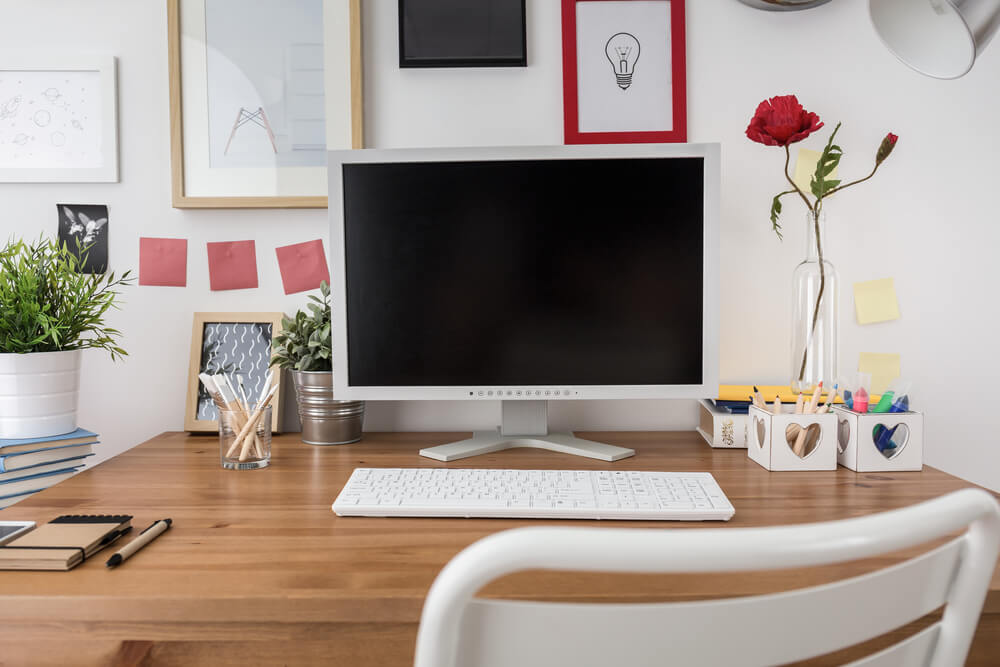
Work on the design
The design of your home office space will also have an enormous impact on how conducive to concentration it is. In particular, it’s wise to consider the layout and the direction that you will face your desk, as many people find it more pleasing to look out of a window while working. However, if you struggle with focus, it can be more productive to turn the desk around the other way, as this can prevent you being distracted by what is going on in the street or garden outside.
Also, remember that the amount of natural light and the pieces of furniture that you choose can make all the difference in your office. This is because they will help you to create a professional the environment that doesn’t interrupt your focus when working.
If you’re selling items online or from home, be sure to make sure you have adequate space for packaging, sorting, and storing your items as well as the usual computer and related work required. A table at standing height can be very helpful if you need to do a lot of wrapping, packaging, sorting type work.
Use the space efficiently
Efficiency is the key to organisation, especially if you have a small space to work with. Here are a few ideas for using your space efficiently:
- Have storage containers, folders and binders to keep everything organized. This will keep your paperwork from overtaking the space and looking messy.
- Label everything. You want to be able to find stuff when you need it.
- Use online resources such as Dropbox to store and share your work.
- Buy books on your Kindle E-reader to reduce the need of bookshelves.
- Get a printer with multi function capabilities so you don’t need separate machines taking up space.
- Put a cork board on the wall for notes and reminders.
- Store pens and paperclips in a drawer organiser.
- A white marker board is good for capturing your brilliant ideas or helping you remember important deadlines.
- Floating shelves can provide extra space by going tall instead of wide.
- Folding a desktop down from the wall can provide extra work space when needed, but can be put up out of the way when you’re done. You can use hinges to secure it to the wall.
- Modular units can be purchased in many configurations that will appear to be expensive built-ins.
- Let everyone in the family know this is your work area and when you’re here you can’t be disturbed because you are at work.
- Keep everything in its place so you don’t have to spend your work time looking for things.
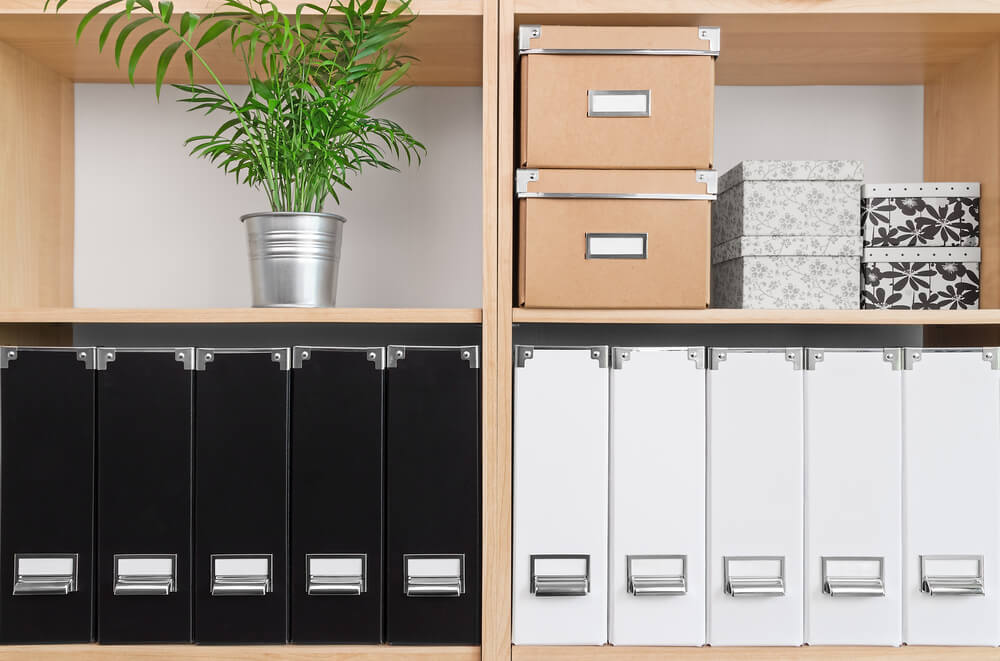
If you’re struggling to think about what you really need in your office then thinking about how you will create maximum productivity can help.
Clean it regularly
Sadly, one of the disadvantages of working from home is that no office cleaner comes in every night to make sure that your bins are emptied, carpets vacuumed, and computers cleaned. That means to keep your office space in the best condition you will need to do these jobs yourself.
Spots where clutter piles up… filing that never gets done… information that you can’t find…all mean there is a barrier or bottleneck in your home office flow. If you dread heading into your office every day, or you feel you’re not as productive as you could be, it’s time to clean and re-organize your space.
- Make a standing date with yourself on a weekly basis to sort through accumulated mail and documents.
- File the things you need to hang onto and throw the rest out.
- It’s always a good idea to a keep a paper shredder nearby, for disposing of documents that contain personal information (you’ll be preventing clutter and identity theft at the same time).
Creating an eco-friendly home office
One of the toughest challenges that the world is facing is merging sustainability with the office setup. It involves a bit more than placing some plants around the office and having one recycling bin. Here are a few ways you can make changes in your home office. Try to implement as many of these habits so you will make a positive difference to the environment in the future.
Participate in an ink cartridge recycling scheme – All kinds of office’s require some degree of printing. It’s likely that you will go through a few ink cartridges in the year. When disposing of your used ink cartridges, take it to somewhere like Officeworks who will recycle it as part of the Cartridges 4 Planet Ark scheme.
Go paperless – Mashable published a story in 2014 citing that the average U.S employee uses 10,000 sheets of paper every year. This is a staggering amount. Most of the paper that gets used ends up as waste in landfill sites. Recycling in your home office is a step in the right direction, however the quickest way to curb paper waste is by going paperless. A lot of the work that’s done nowadays can be managed on desktops and mobile devices. There isn’t a real need to print a hardcopy like in the days of old. Prioritise habits where you can save, store or view content digitally to avoid any unnecessary printing.
Work in a space that maximises solar lighting – Maximise the feel good factor in your workplace by getting as much sunlight into your home office. Consider investing in large or accordion windows. If you are concerned that the windows will generate too much heat, then add interior or exterior blinds to minimise the heat and the amount of light entering the space.
Unplug unused electrical items – Make sure you shutdown and turn off any electrical items that aren’t being used. Additionally, unplug the items to make sure they don’t draw anymore electrical current while they are still plugged into the socket.
Switch to LED office lights – Take a look around your office to see if your office setup is using energy efficient lighting. If you notice any incandescent bulbs being used, then it’s time to make an upgrade to energy-efficient LED light bulbs.
Buy recycled – One of the easiest actions you can take towards implementing a more circular model in your home office is by buying recycled products. Consider purchasing recycled goods or even second hand furniture or electrical equipment.
In the end, you want your home work space to work well for you but without doing more than it needs to do. If you waste time making the space do more than you need it to, you are committing yourself to a larger investment of money, and you’re taking more of your home space than you want. Your goal is to keep your items organised and to create a good working environment but without forgetting that your home is first priority.



